Many pop icons began their career in punk rock, but it’s not as shocking as it seems. Punk began as an underground movement with DIY independence that was instinctively anti-pop. But many punk pioneers, like Ramones and New York Dolls, mined the pop melodies of 60s girl groups The Ronettes and The Shangri-Las. Although the music had harder edges, the songs also had infectious hooks.
Videos by American Songwriter
Let’s take a look at three iconic artists who went from punk to pop. Their biggest hits have little in common with punk’s mainstream antagonism. But maybe it’s because large audiences embraced what was once a subculture. All of which paved the way for pop-punk bands like Green Day, Blink-182, and Paramore.
Goo Goo Dolls
Many fans who buy tickets to a Goo Goo Dolls concert might be surprised when John Rzeznik picks up an electric guitar and leads his band through one of its punk tunes. But before “Iris”, “Slide”, “Black Balloon”, and “Name”, Rzeznik and bassist Robby Takac sounded like a less unhinged version of The Replacements. However, what I think makes the Goo Goo Dolls so enduring (and endearing) is the experience of being serenaded by a punk.
Billy Idol
Billy Idol began his career with the punk band Generation X. After three albums, Gen X broke up, and Idol pursued a solo career. He kept the punk aesthetic, but his solo output blended new wave, hard rock, and pop. “White Wedding”, “Rebel Yell”, and “Eyes Without A Face” became MTV staples, making Idol one of the biggest pop stars of the 1980s. In 1981, Idol remixed the Gen X tune “Dancing With Myself”, which broke through on the U.S. dance chart along with his cover of Tommy James And The Shondells’ “Mony Mony”.
Blondie
Blondie also borrowed from 60s pop groups, infusing the jagged riffs and fast tempos with tenderness. So transitioning from “X Offender” to “Heart Of Glass” didn’t feel so much like a reinvention. Debbie Harry and her band were regulars at Max’s Kansas City and CBGB during New York’s first wave of punk. But even on its 1976 debut, Blondie sounded both of and beyond the scene. New wave before new wave was a thing, and pop-punk before the term was used derisively against perceived “sell-outs.” Harry, with peroxide hair and easy dispassion, proved that being a popstar punk rocker was eternally cool.
Photo by Buda Mendes/Getty Images

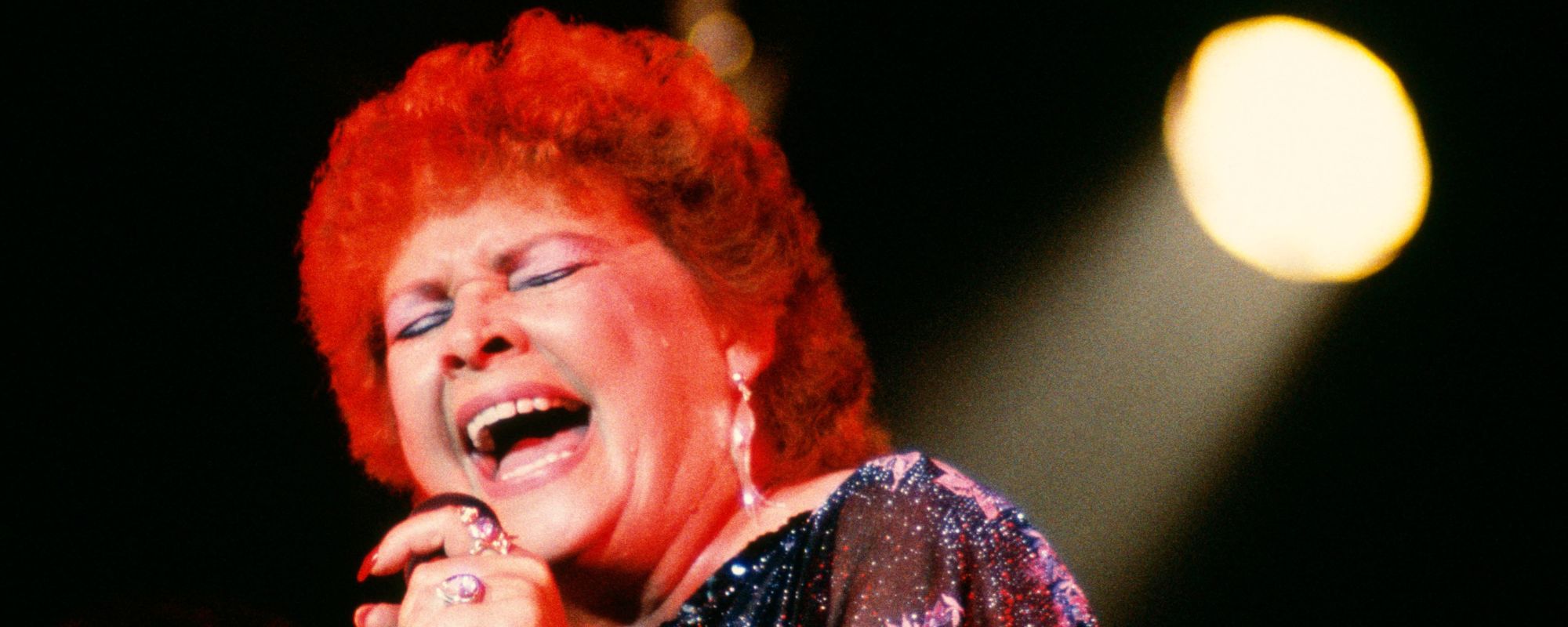
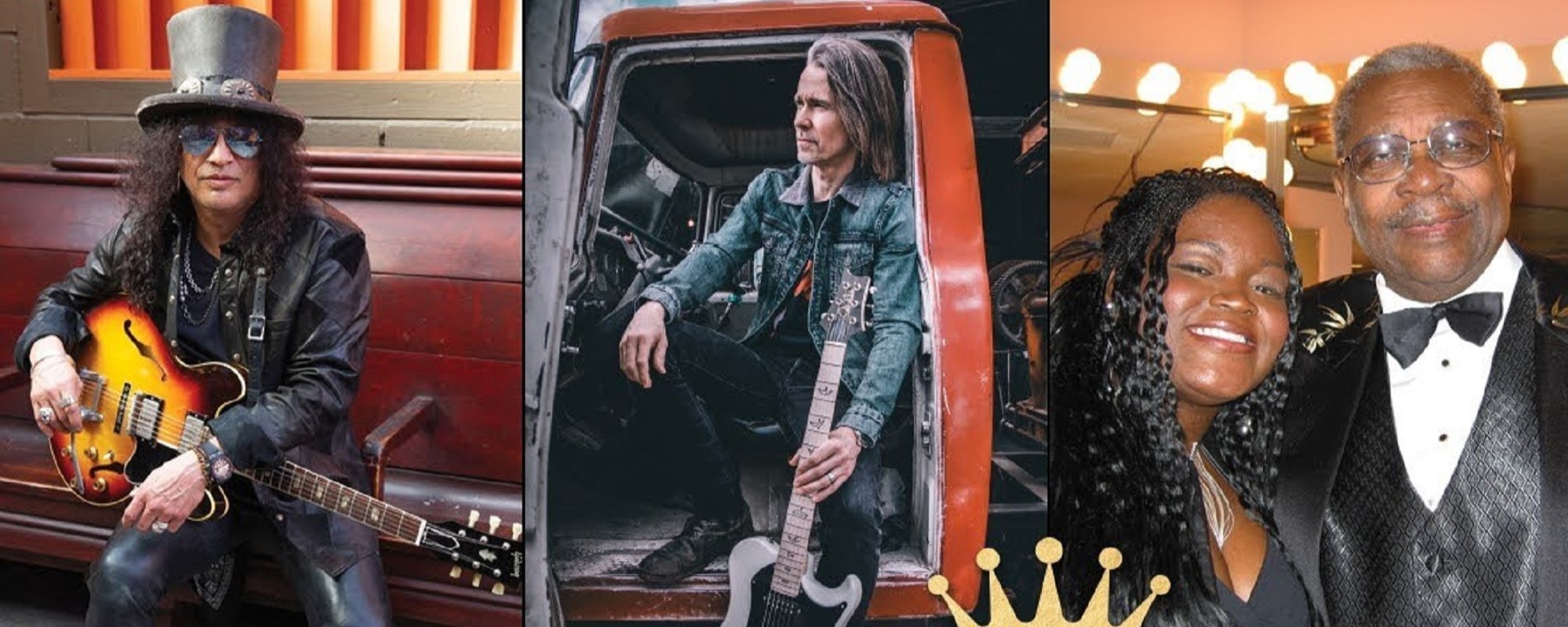


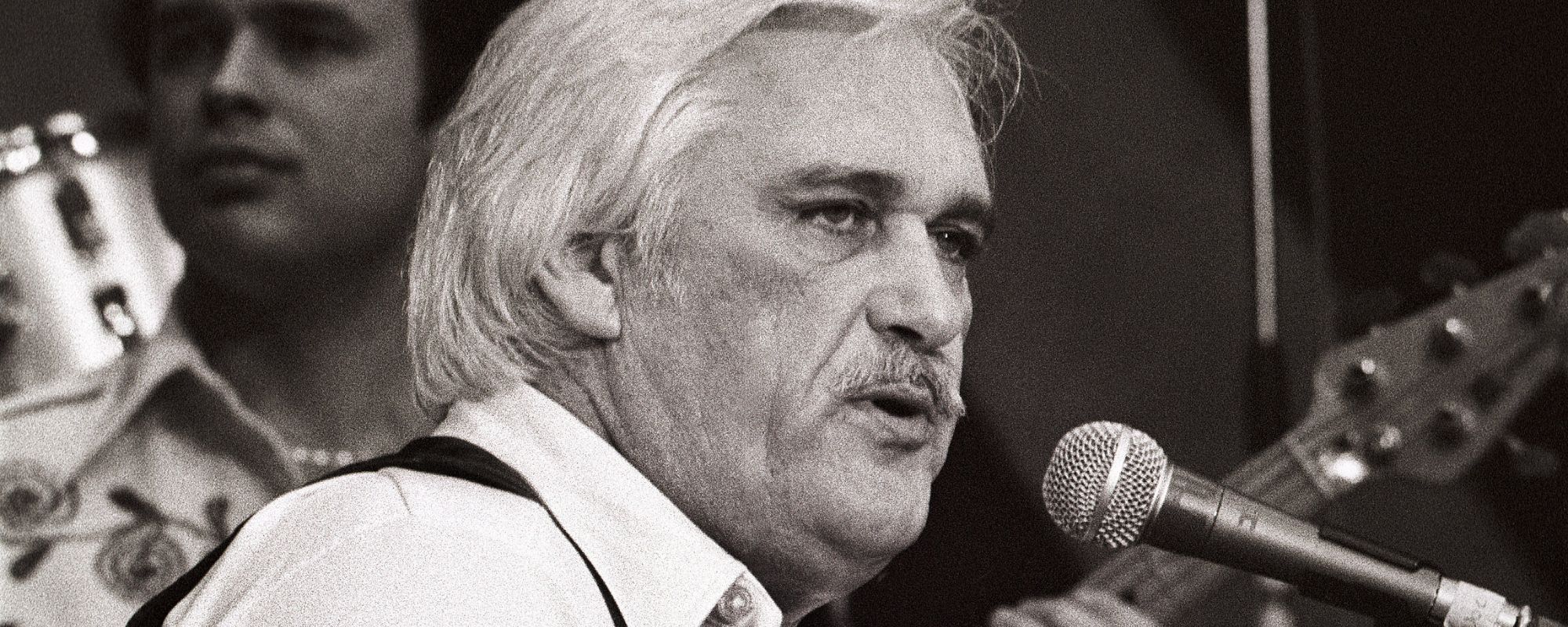


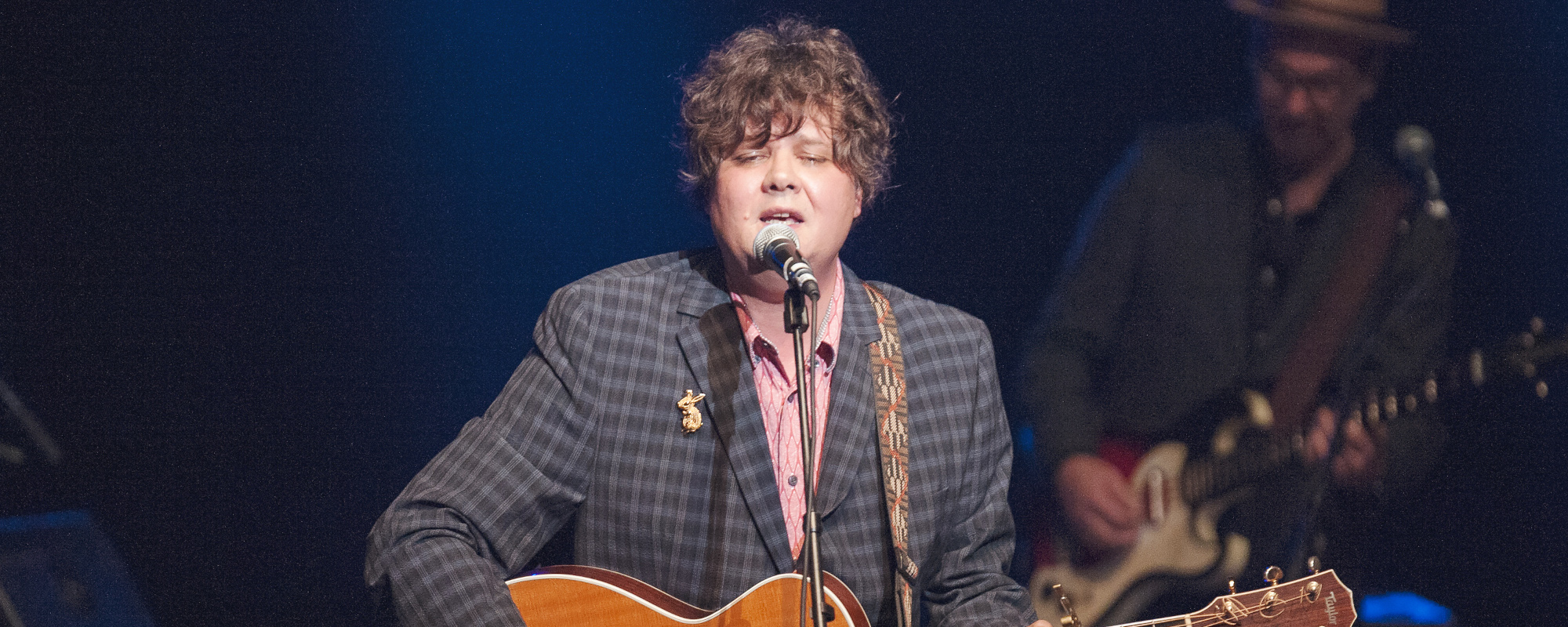
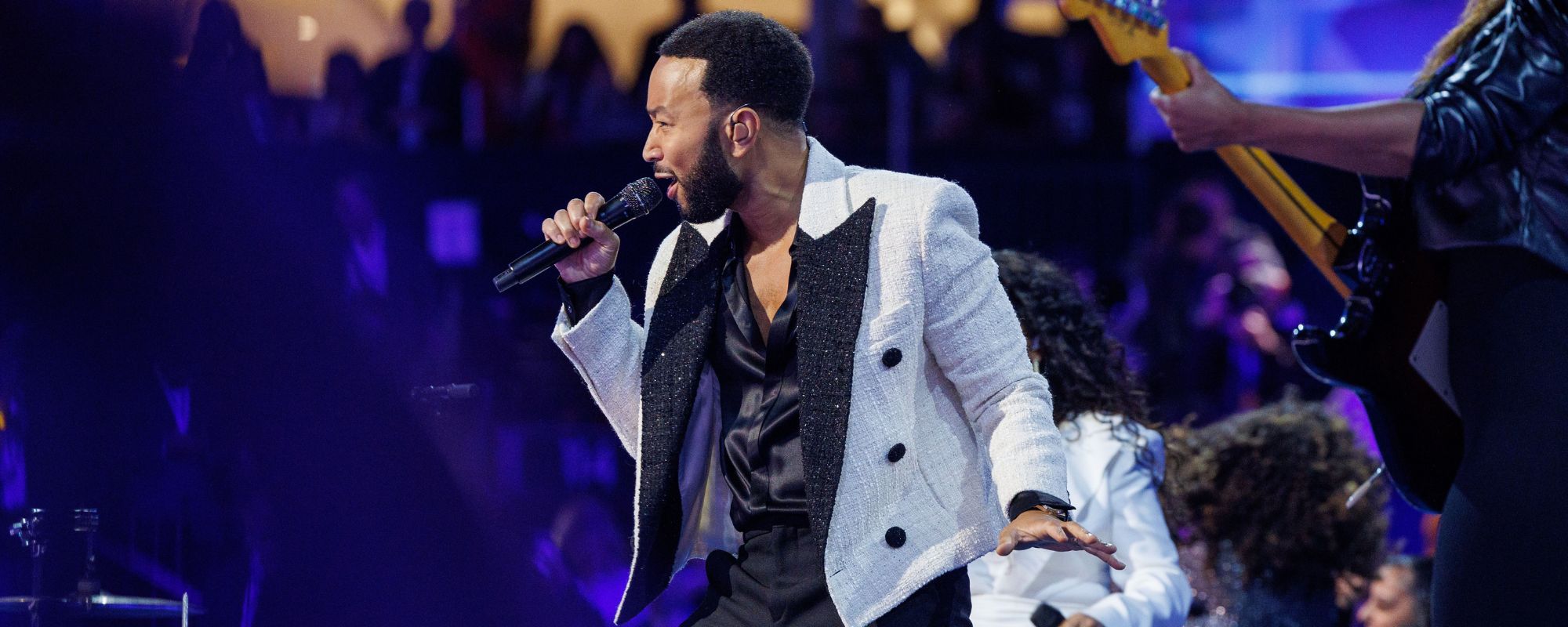


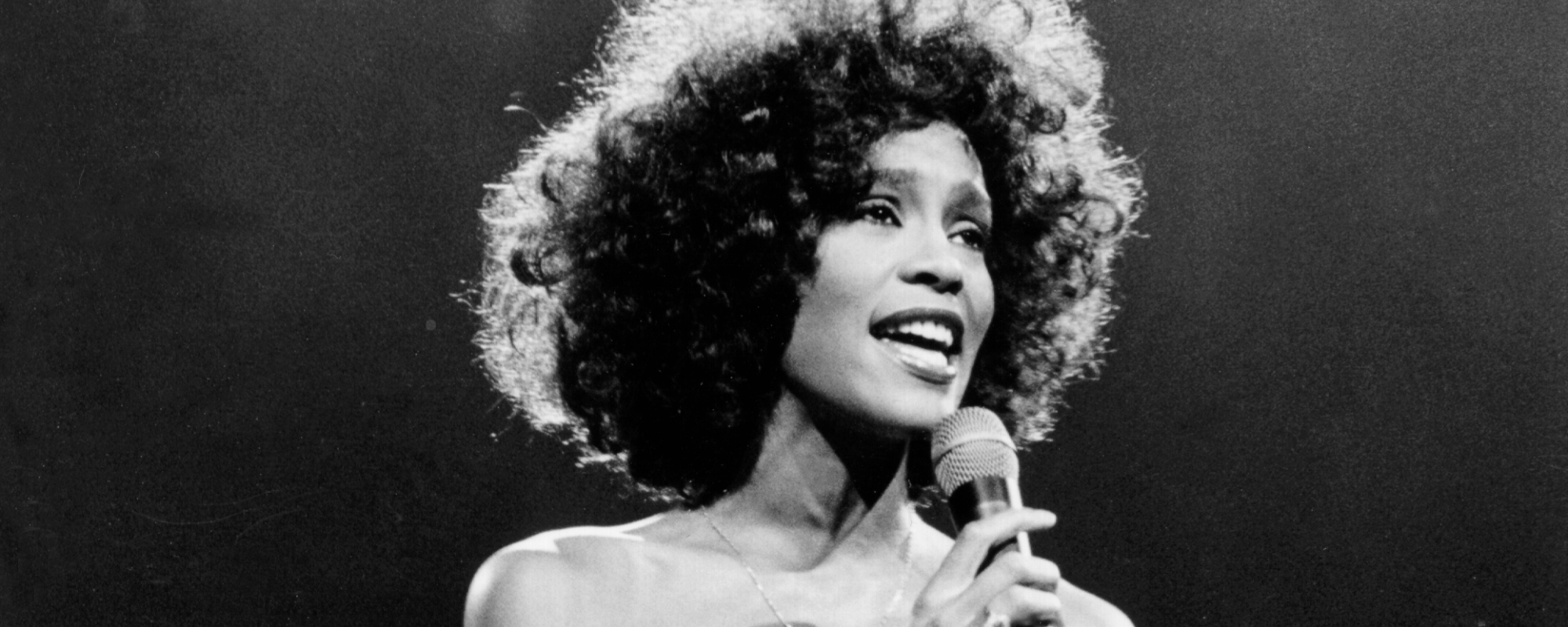
Leave a Reply
Only members can comment. Become a member. Already a member? Log in.